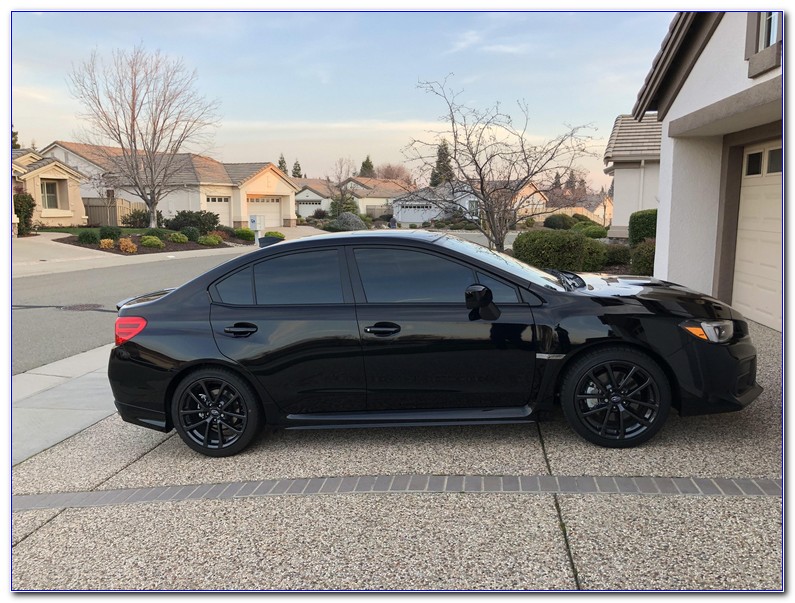In the sunny state of California, window tinting has become a popular choice for vehicle owners looking to enhance their privacy and comfort while driving. However, with the rise in the popularity of window tints, it’s essential to understand the regulations that govern their usage. The California window tint law is designed to ensure safety on the roads while allowing for a degree of personalization for vehicle owners. This law outlines specific guidelines regarding the type and level of tint that can be applied to vehicle windows.
The California window tint law specifies the allowable darkness (or Visible Light Transmission, VLT) and reflectivity levels for different windows in a vehicle. These regulations differ for passenger vehicles, vans, and SUVs. Understanding these laws is critical, as violations can lead to fines and costly removal of non-compliant tint. Additionally, it’s important to recognize that while window tints can provide a myriad of benefits such as UV protection and reduced glare, they must comply with state regulations to ensure both your safety and that of others on the road.
As you navigate the intricacies of the California window tint law, this article will address common questions, offer insights into compliance, and help you understand what’s permissible when it comes to tinting your vehicle’s windows. Whether you are considering a new tint application or are currently driving with tinted windows, being informed about these laws is essential for every California driver.
What Are the Main Regulations of the California Window Tint Law?
The California window tint law sets specific criteria for different types of vehicles:
- Front Windshield: Non-reflective tint is allowed above the manufacturer's AS-1 line or top 5 inches.
- Front Side Windows: Must allow more than 70% of light in.
- Back Side Windows: No restrictions on darkness.
- Rear Window: No restrictions on darkness.
Why Is It Important to Follow the California Window Tint Law?
Adhering to the California window tint law is crucial for several reasons:
- Safety: Clear visibility is essential for safe driving.
- Legal Compliance: Avoid fines and penalties associated with illegal tinting.
- Resale Value: Compliant vehicles have a higher resale value.
What Are the Penalties for Violating the California Window Tint Law?
Violating the California window tint law can result in various penalties, including:
- Fines: Drivers can face fines ranging from $25 to $250 for initial violations.
- Mandatory Removal: Non-compliant window tint must be removed, which can incur additional costs.
- Increased Insurance Rates: Repeated violations may lead to higher insurance premiums.
How Can You Ensure Your Window Tint Is Compliant?
To ensure your window tint adheres to the California window tint law, consider the following steps:
- Consult with Professionals: Seek advice from reputable tinting professionals who are knowledgeable about state laws.
- Use Quality Products: Invest in high-quality, compliant window films.
- Request Documentation: Obtain certificates of compliance from your tint installer.
Can You Get a Medical Exemption for Window Tinting?
Yes, California does offer medical exemptions for window tinting. Individuals with certain medical conditions may apply for a permit that allows darker tint levels than typically permitted by law. This process requires documentation from a licensed physician detailing the medical need for such modifications to the vehicle.
What Are the Benefits of Window Tinting?
Window tinting offers many benefits, including:
- UV Protection: Tints can block up to 99% of harmful UV rays.
- Heat Reduction: Tinted windows can significantly reduce heat buildup in your vehicle.
- Enhanced Privacy: Tints provide added privacy while ensuring visibility for the driver.
Conclusion: Navigating the California Window Tint Law
Understanding and adhering to the California window tint law is essential for every vehicle owner in the state. Not only does compliance ensure safety and legality, but it also enhances the driving experience through improved comfort and protection. If you are considering window tinting, take the time to familiarize yourself with these regulations and consult professionals to ensure your vehicle is compliant. By following these guidelines, you can enjoy the benefits of window tinting while staying within the legal framework.
You Might Also Like
Understanding The Importance Of "His Pronouns Are They Them"Crafting Love: How To Make A Heart Out Of Gum Wrapper
Discovering The Ulike Air 10: The Future Of Hair Removal Technology
Unmasking The Icon: James Harden Without Beard
Unveiling The Charm Of The Worldstar Rock Paper Scissors Yellow Dress
Article Recommendations
- Who Is Choi Jin Hyuk Wife
- Unveiling The Charisma Of Paul Wesley A Look Into His Life And Career
- Unveiling The Mystery Behind The Crazyjamjam Leak


